Isla Nodeulseom (노들섬)
6.6Km 2024-11-15
Yangnyeong-ro 445, Yongsan-gu, Seúl
Seoul Summer Vibe (서울썸머바이브)
6.6Km 2025-06-09
Yangnyeong-ro 445, Yongsan-gu, Seúl
02-758-2045 / 0505-6957-9839
Parque Yeouido del Río Hangang (여의도한강공원)
6.8Km 2024-03-12
Yeouidong-ro 330, Yeongdeungpo-gu, Seúl.
El Parque Yeouido del Río Hangang está situado en Yeouido, el corazón de la política, las finanzas y el periodismo de Corea. Por su fácil acceso, se ha convertido en un lugar de descanso y relajamiento muy elegido por los ciudadanos. Sus alrededores también albergan muchos eventos y festivales que proporcionan entretenimiento y diversión a los visitantes. En primavera la gente puede divertirse en el Festival de las Flores de Cerezo y en el otoño en el Festival Internacional de los Fuegos Artificiales y en la Competencia de Maratón. El parque cuenta con distintas instalaciones como Jardines ecológicos, Zonas de Aprendizaje de la Naturaleza, Escenario Acuático, Fontanas Flotantes, Cascadas Luminosas, Senderos Acuáticos del Piano, Festilandia, etc.
Festival Internacional de Fuegos Artificiales de Seúl con Hanwha (한화와 함께하는 서울세계불꽃축제)
6.8Km 2025-09-09
Yeouidong-ro 330, Yeongdeungpo-gu, Seúl
02-519-9778
En otoño de cada año se celebra el Festival Internacional de Fuegos Artificiales, un evento internacional que tiñe con múltiples colores el cielo negro nocturno del Parque del Río Hangang. El evento cuenta con la participación de diversos equipos de los fuegos artificiales, no solo de Corea sino también de distintos países del mundo.
Consejos:
* El lugar ideal para ver el show es la zona que se encuentra a 300 metros aproximadamente del escenario.
* El patio del Edificio 63 es el sitio perfecto para ver el espectáculo, pero suele estar repleto de gente. Se recomienda la torre de estacionamiento de Noryangjin, que permite ver claramente los fuegos artificiales.
* El lado opuesto del río también es una zona recomendada.
Piscina de Yeouido del Parque del Río Hangang (한강시민공원 여의도수영장)
6.8Km 2022-07-25
Yeouidong-ro 330, Yeongdeungpo-gu, Seúl
+82-2-785-0478
La piscina al aire libre en Yeouido también es conocida con el nombre de Supia, que es un parque temático de todo el año en el río Hangang. El nombre "Supia" combina "Arisu" (el nombre anterior del río Hangang) y Utopía.
Parque del Color de Seúl (서울색공원)
6.8Km 2021-06-14
Yeouidodong-ro 330, Yeongdeungpo-gu, Seúl
El Parque del Color de Seúl, cuya superficie es de 9.000 metros cuadrados, está situado entre los pilares del puente Mapodaegyo y la ribera del río Hangang. Es un ejemplo de la aplicación de colores de Seúl, desarrollados con la idea de mejorar el tono de la ciudad y formar una propia imagen urbana. En este parque se encuentran una obra que simboliza las olas del río Hangang y el diseño gráfico de códigos de barra con 10 colores representativos de Seúl. Se colorearon instalaciones públicas con tonos grises de las tejas y los muros de piedra, con color del dancheong (pintura con patrones tradicionales sobre madera), con amarillo claro, con verde como el monte Namsan, etc. El Museo de Arte de Seúl y Museo de la Historia de Seúl también albergan construcciones y obras que emplean los colores de Seúl. El Parque del Color de Seúl se encuentra a 10 minutos caminando desde la Estación de Yeouinaru, de la línea 5 de metro.
Chowoo Maeul (초우마을)
6.8Km 2024-11-29
8, Hoegi-ro 28-gil, Dongdaemun-gu, Seoul
82-2-957-2266
Chowoo Maeul, located at Hwigyeong-dong Intersection, specializes in fresh beef, serving top-quality top sirloin and boneless short ribs. It has banquet rooms for group dining.
Calle Garosu-gil (가로수길)
6.9Km 2022-12-16
Sinsa-dong, Gangnam-gu, Seúl.
+82-2-3445-0111
Son los gingkos los que adornan este sendero romántico visitado por muchas parejas y familias por su belleza inolvidable. En la Calle Garosu-gil de Sinsa-dong, que también se conoce como "La calle de los artistas", se encuentran cafeterías encantadoras y muchas tiendas de ropa de famosos diseñadores que crean un ambiente exótico. Especialmente en otoño, mucha gente visita este lugar para ver la caída de las hojas de los árboles. Por su precioso paisaje y fama, es uno de los lugares favoritos de los directores del cine.
Sona (소나)
6.9Km 2025-07-30
40, Gangnam-daero 162-gil, Gangnam-gu, Seoul
Templo Hwagyesa en Seúl (화계사(서울))
6.9Km 2021-11-29
Hwagyesa-gil 117, Gangbuk-gu, Seúl.
El templo Hwagyesa, bajo la orden Chogye del budismo coreano, se ubica en los pies del monte Samgaksan en Suyu-dong, Gangbuk-gu, Seúl. Aunque se localiza en la capital, el encantador paisaje de su alrededor crea un escenario que permite escaparse de la vida urbana. Construido en el año 1522 (el 17º año del reinado del rey Jungjong de la dinastía Joseon) por el monje Shinwol, fue destruido por un incendio el 1618. En 1866 (el 3º año del reinado del rey Gojong), se reconstruyó con soporte financiero de la corte real. El templo fue construido con un estilo arquitectónico antiguo, junto con Daeungjeon, el santuario principal (Bien Cultural Tangible), el santuario Myeongbujeon, el pabellón Samseonggak, el santuario Cheonbulobaekseongjeon, el pabellón de la campana del templo, la torre Bohwaru y la torre Hakseoru. Un pequeño manantial, llamado Oktakcheon, localizado en el valle (Hwagyeogol) más allá del templo Hwagyesa, es famoso por los poderes curativos sobrenaturales de enfermedades de la piel y el estómago. Una leyenda dice que el manantial fue formado con los picotazos de los cuervos en las rocas.


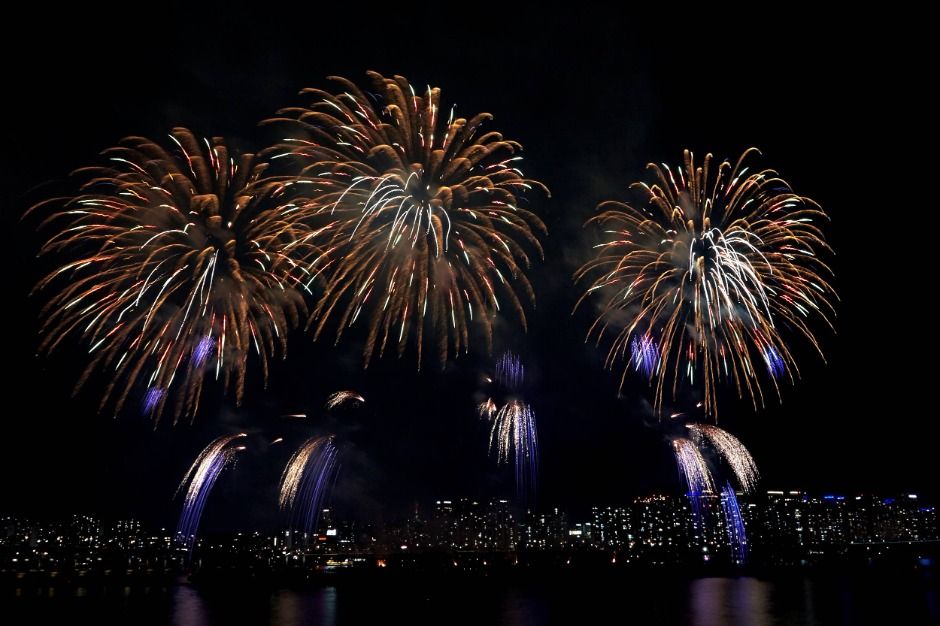
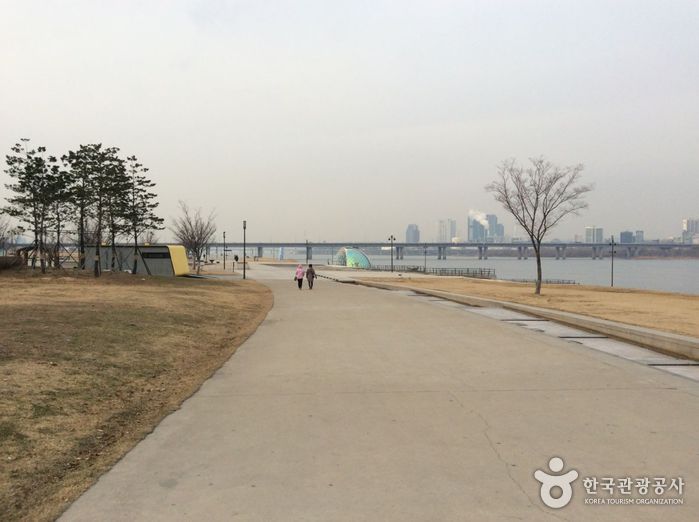
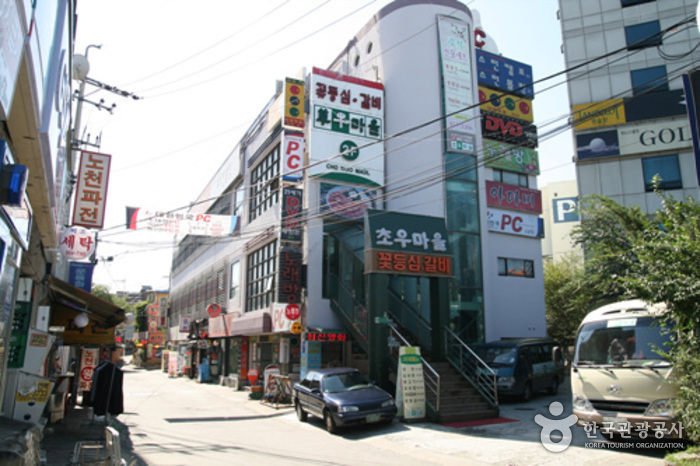
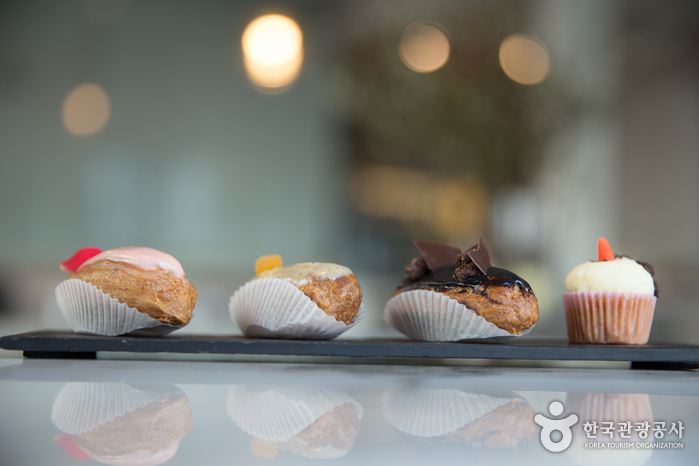
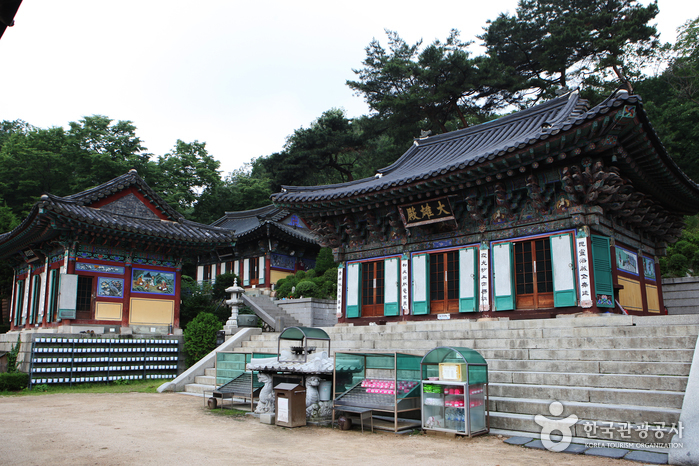
 Español
Español
 한국어
한국어 English
English 日本語
日本語 中文(简体)
中文(简体) Deutsch
Deutsch Français
Français Русский
Русский